Custom Implementation of LinkedBlockingQueue in Java
Complete Step-by-Step Guide
Introduction
In Java, LinkedBlockingQueue is part of the java.util.concurrent package and implements the BlockingQueue interface.
It is a thread-safe queue based on linked nodes that supports producer-consumer patterns.
Key Features:
- Thread-safe FIFO (First-In-First-Out) queue.
- Supports blocking operations (put() and take()).
- Optional capacity bounds to control size.
- Useful for inter-thread communication.
Step-by-Step Implementation
Step 1 — Understand Requirements
Our custom LinkedBlockingQueue must:
- Allow multiple producers and consumers to access it concurrently.
- Block producers if the queue is full.
- Block consumers if the queue is empty.
- Support capacity limits.
- Ensure thread safety.
Step 2 — Create the Node Structure
LinkedBlockingQueue is implemented using linked nodes internally.
class Node {
T item;
Node next;
Node(T item) {
this.item = item;
this.next = null;
}
}
Step 3 — Create the CustomLinkedBlockingQueue Class
We define:
- head and tail for the linked list.
- Capacity limit.
- Synchronization mechanisms for producers and consumers.
public class CustomLinkedBlockingQueue {
private Node head;
private Node tail;
private int size;
private final int capacity;
public CustomLinkedBlockingQueue(int capacity) {
this.capacity = capacity;
head = tail = new Node<>(null); // dummy node
}
}
Step 4 — Implement the put() Method (Producer)
Producers add elements to the queue.
If the queue is full, producers must wait.
public synchronized void put(T item) throws InterruptedException {
while (size == capacity) {
wait(); // wait if queue is full
}
Node newNode = new Node<>(item);
tail.next = newNode;
tail = newNode;
size++;
notifyAll(); // notify consumers
}
Step 5 — Implement the take() Method (Consumer)
Consumers remove elements from the queue.
If the queue is empty, consumers must wait.
public synchronized T take() throws InterruptedException {
while (size == 0) {
wait(); // wait if queue is empty
}
Node first = head.next;
head.next = first.next;
size--;
if (size == 0) {
tail = head; // reset tail when queue is empty
}
notifyAll(); // notify producers
return first.item;
}
Step 6 — Implement size() Method
public synchronized int size() {
return size;
}
Step 7 — Test the CustomLinkedBlockingQueue
We create a producer-consumer example.
public class CustomLinkedBlockingQueueTest {
public static void main(String[] args) {
CustomLinkedBlockingQueue queue = new CustomLinkedBlockingQueue<>(3);
// Producer Thread
Thread producer = new Thread(() -> {
int i = 1;
while (true) {
try {
System.out.println("Producing: " + i);
queue.put(i++);
Thread.sleep(500);
} catch (InterruptedException e) {
e.printStackTrace();
}
}
});
// Consumer Thread
Thread consumer = new Thread(() -> {
while (true) {
try {
Integer value = queue.take();
System.out.println("Consuming: " + value);
Thread.sleep(1000);
} catch (InterruptedException e) {
e.printStackTrace();
}
}
});
producer.start();
consumer.start();
}
}
Expected Output
Producing: 1
Producing: 2
Producing: 3
Consuming: 1
Producing: 4
Consuming: 2
Producing: 5
Consuming: 3
...Complete code
class Node<T> {
T item;
Node<T> next;
Node(T item) {
this.item = item;
this.next = null;
}
}
public class CustomLinkedBlockingQueue<T> {
private Node<T> head;
private Node<T> tail;
private int size;
private final int capacity;
public CustomLinkedBlockingQueue(int capacity) {
this.capacity = capacity;
head = tail = new Node<>(null); // dummy node
}
// Producer adds element
public synchronized void put(T item) throws InterruptedException {
while (size == capacity) {
wait(); // block producer if full
}
Node<T> newNode = new Node<>(item);
tail.next = newNode;
tail = newNode;
size++;
notifyAll(); // notify consumers
}
// Consumer removes element
public synchronized T take() throws InterruptedException {
while (size == 0) {
wait(); // block consumer if empty
}
Node<T> first = head.next;
head.next = first.next;
size--;
if (size == 0) {
tail = head; // reset tail if queue becomes empty
}
notifyAll(); // notify producers
return first.item;
}
// Returns current queue size
public synchronized int size() {
return size;
}
}
// Test Class
class CustomLinkedBlockingQueueTest {
public static void main(String[] args) {
CustomLinkedBlockingQueue<Integer> queue = new CustomLinkedBlockingQueue<>(3);
// Producer Thread
Thread producer = new Thread(() -> {
int i = 1;
while (true) {
try {
System.out.println("Producing: " + i);
queue.put(i++);
Thread.sleep(500);
} catch (InterruptedException e) {
e.printStackTrace();
}
}
});
// Consumer Thread
Thread consumer = new Thread(() -> {
while (true) {
try {
Integer value = queue.take();
System.out.println("Consuming: " + value);
Thread.sleep(1000);
} catch (InterruptedException e) {
e.printStackTrace();
}
}
});
producer.start();
consumer.start();
}
}
Real-World Usage
CustomLinkedBlockingQueue is useful for:
- Producer-consumer problems.
- Thread-safe queues in concurrent programming.
- Task scheduling systems.
- Message passing between threads.
Optional Enhancements
After basic implementation, we can enhance:
- Fairness in thread access (FIFO for waiting threads).
- Separate locks for put and take operations to reduce contention.
- Timeout versions of put() and take().
- Size monitoring and statistics.
Production Recommendation
While building a custom blocking queue is great for understanding concurrency, Java’s built-in LinkedBlockingQueue is optimized and safer for production because it:
- Handles advanced concurrency internally.
- Provides fairness options.
- Supports capacity limits and timeout operations.
Next Blog- Producer-Consumer Problem Using Custom LinkedBlockingQueue in Java
 (47).png)
 (17).png)
.png)

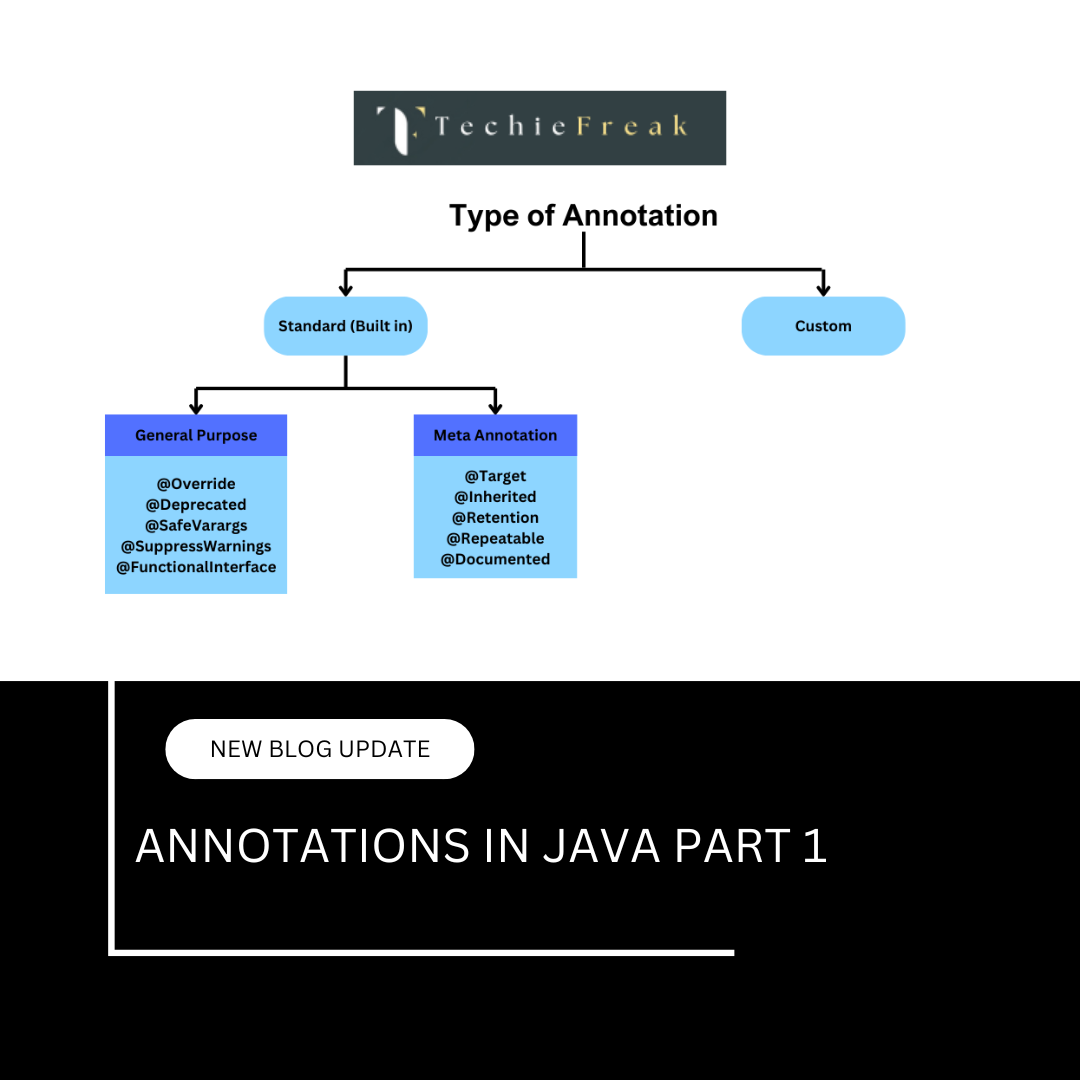
 (53).png)
 (18).png)
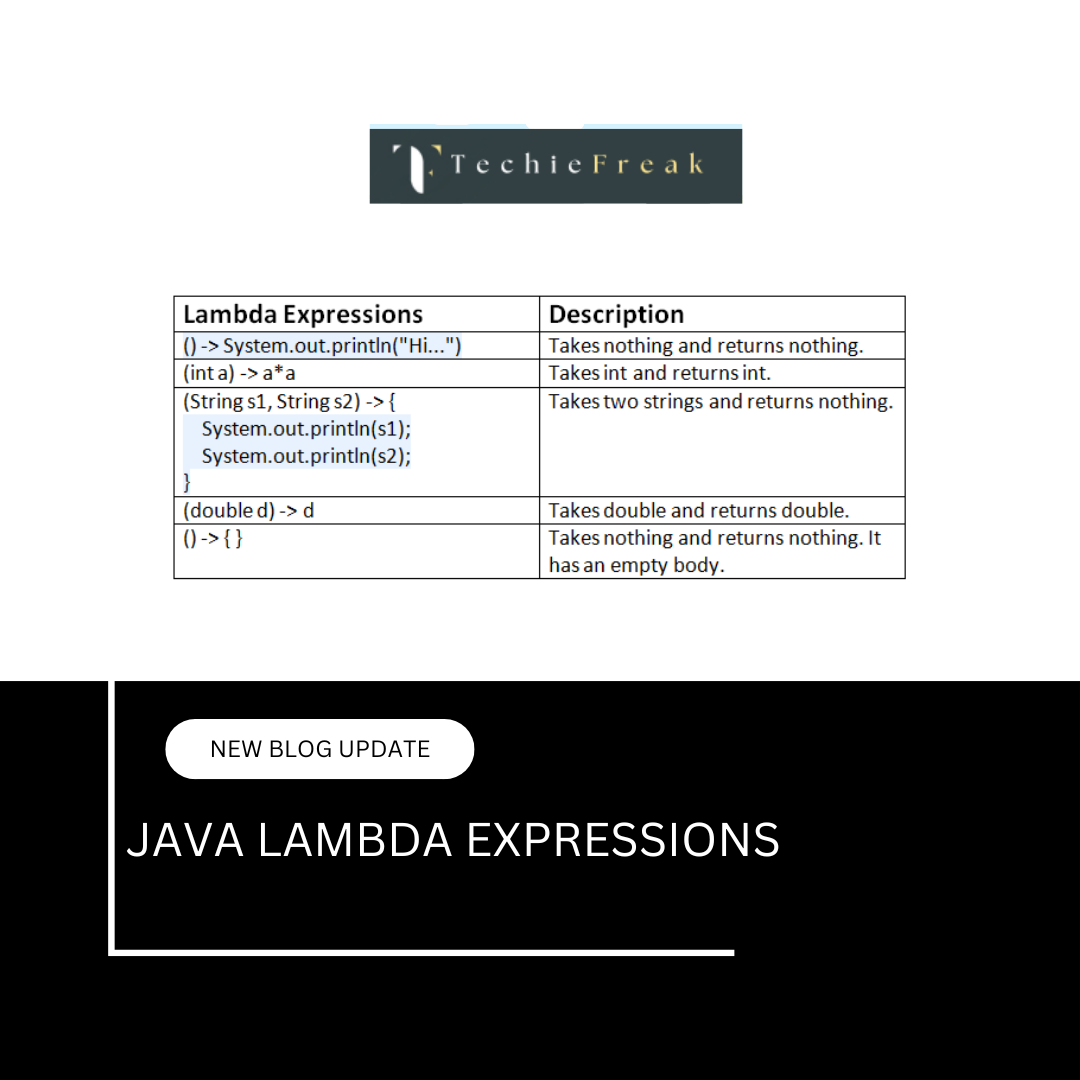
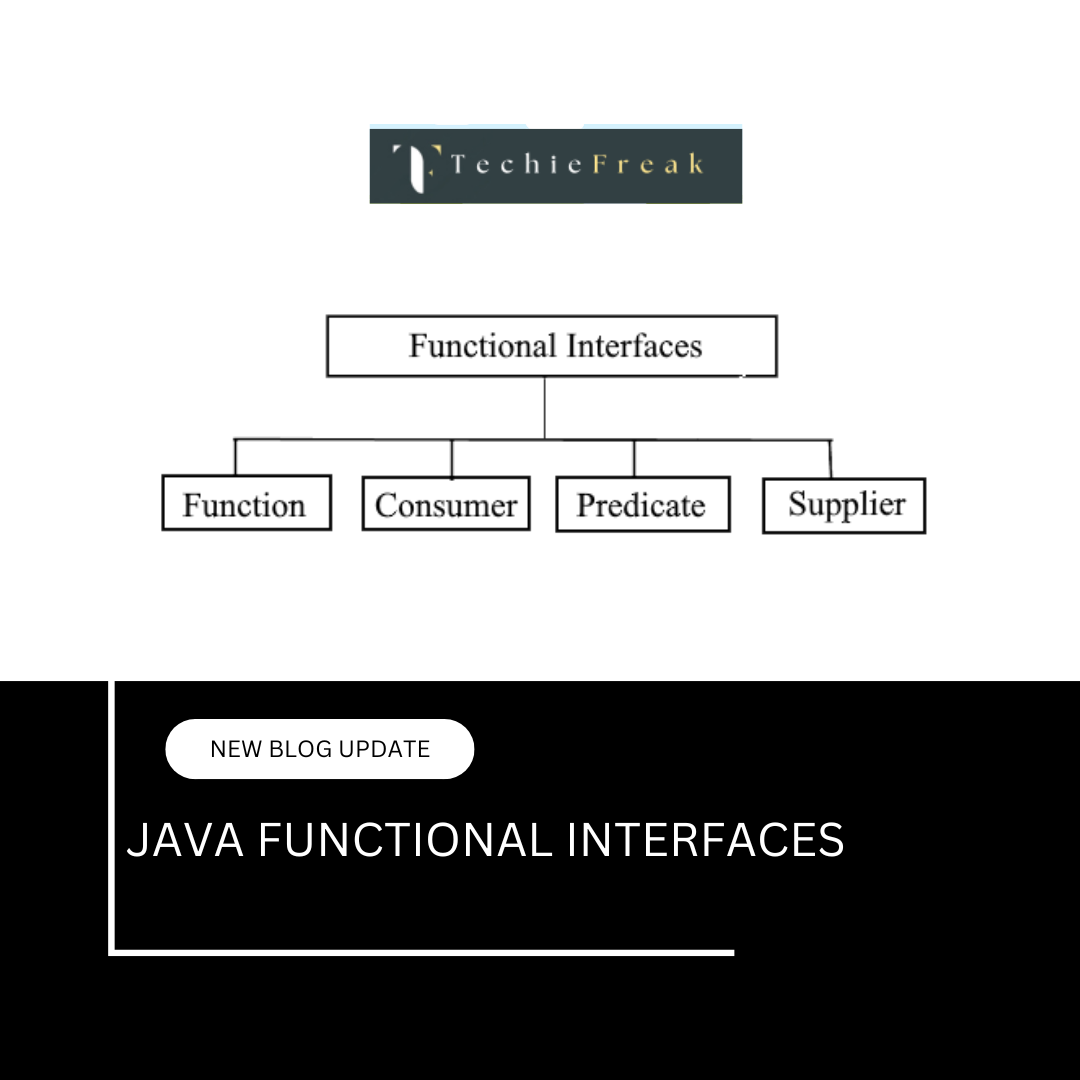

.png)
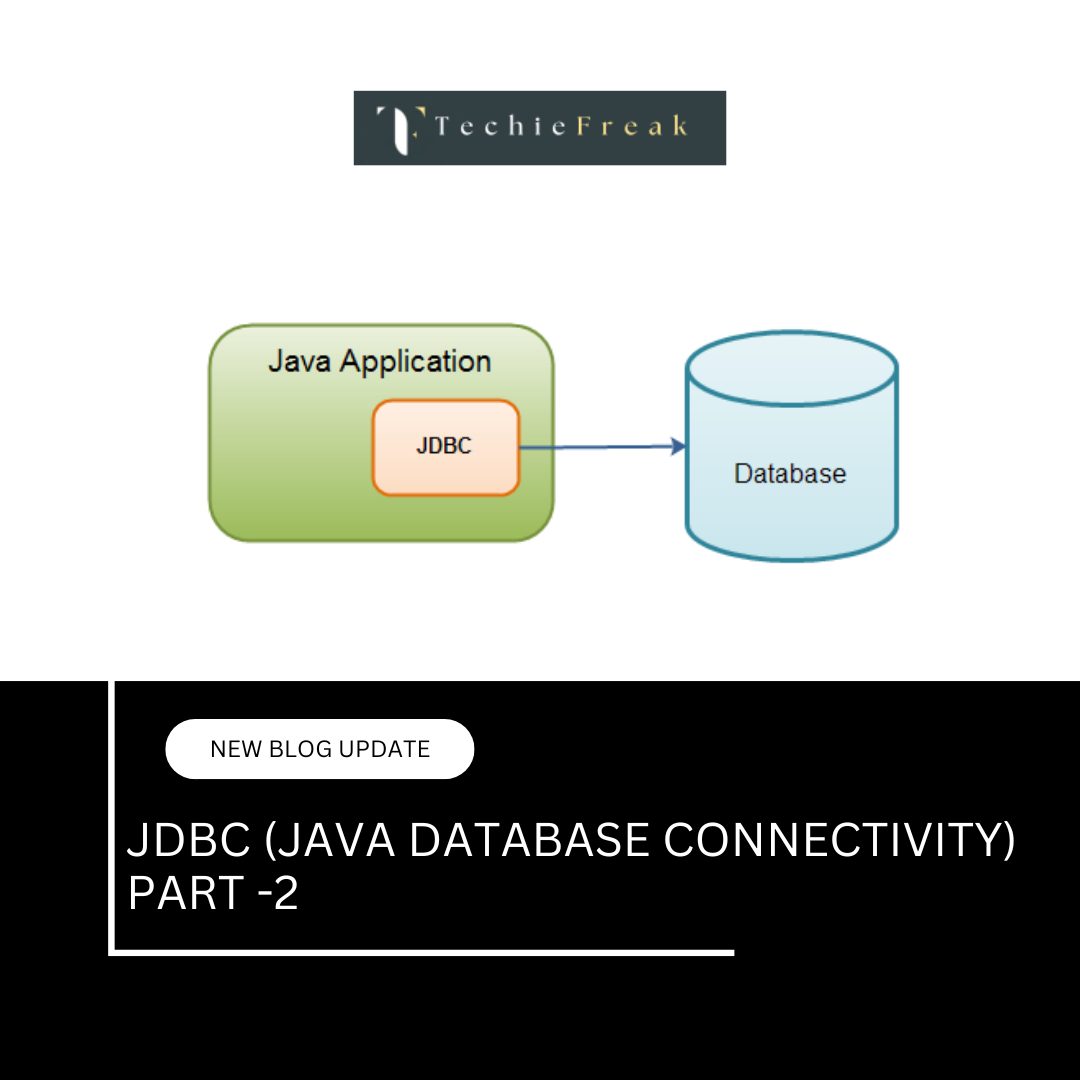
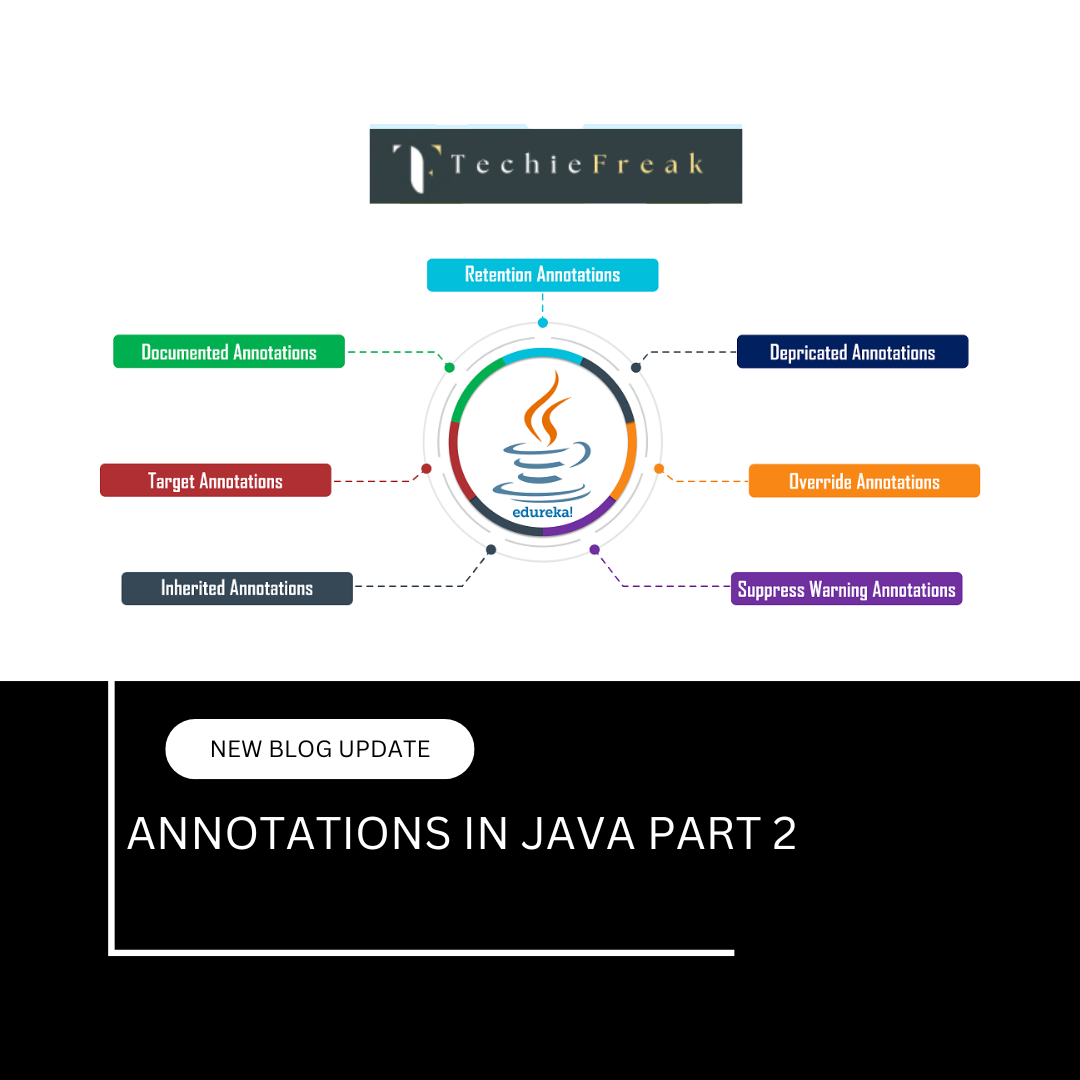

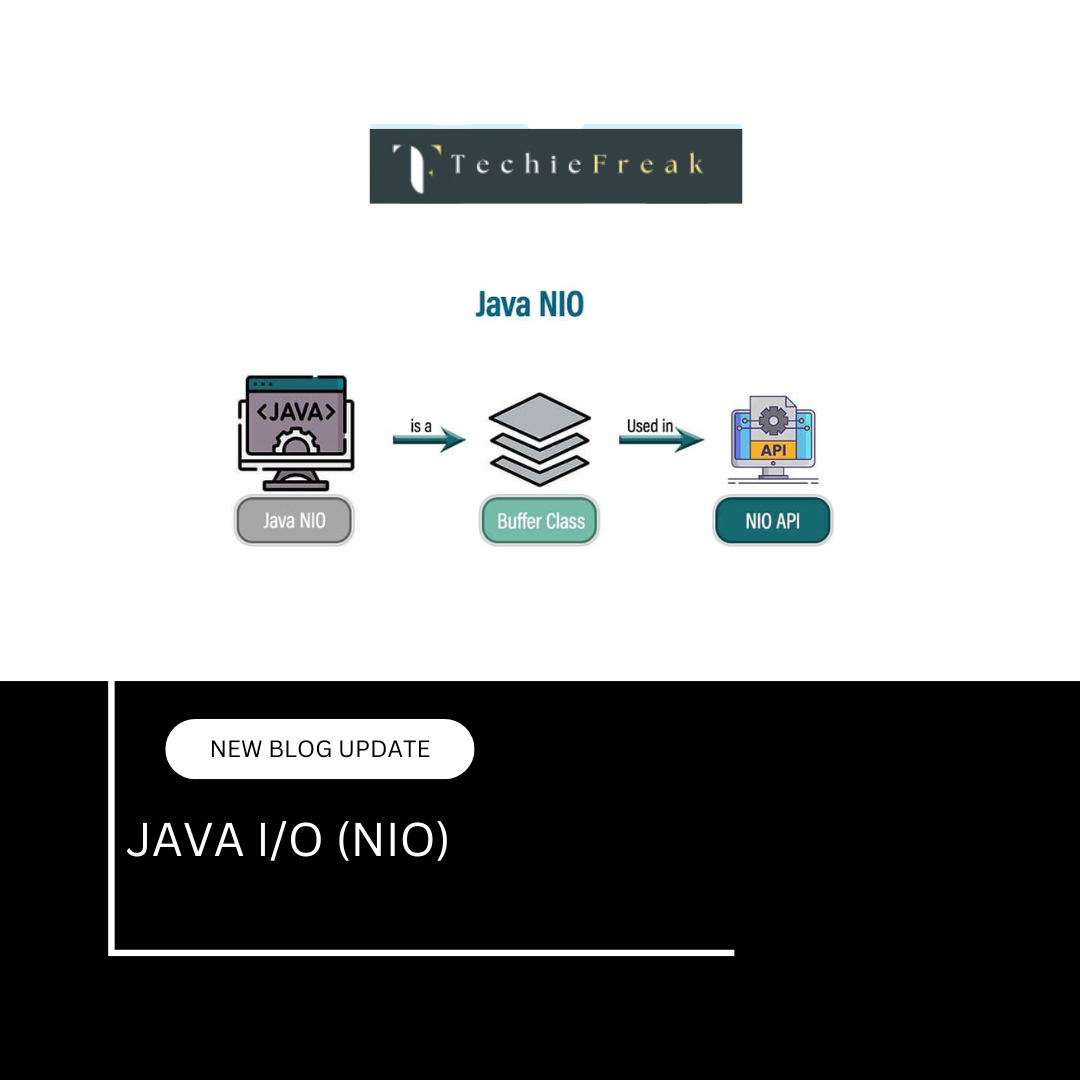
.png)
 (1).png)
 (2).png)
 (3).png)
 (4).png)
 (5).png)
 (6).png)
 (9).png)
 (7).png)
 (10).png)
 (8).png)
 (10).png)
 (12).png)
 (13).png)
 (13).png)
 (15).png)
 (16).png)
 (19).png)
 (20).png)
 (21).png)
 (22).png)
 (23).png)
 (24).png)
 (25).png)
 (26).png)
 (27).png)
 (28).png)
 (29).png)
 (30).png)

 (31).png)
 (32).png)
 (54).png)
 (33).png)
 (34).png)
 (35).png)
 (36).png)
 (37).png)
 (38).png)
 (39).png)
 (40).png)
 (41).png)
 (42).png)
 (45).png)
 (46).png)
 (48).png)
 (55).png)
 (50).png)
 (51).png)
 (52).png)
 (56).png)
.png)
 (44).png)
